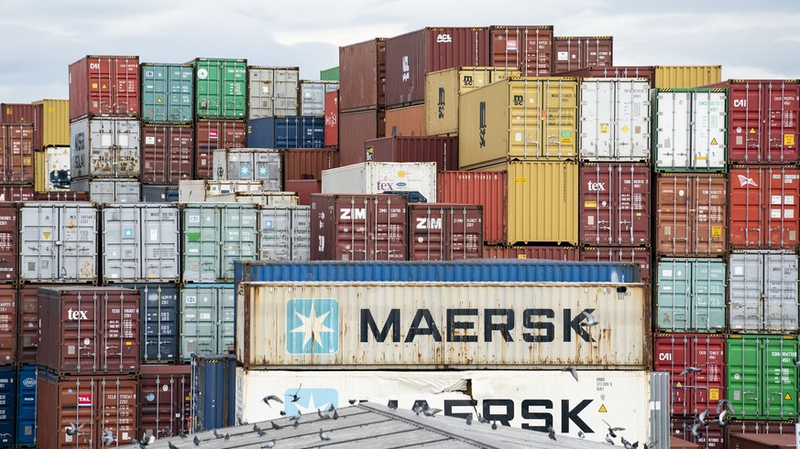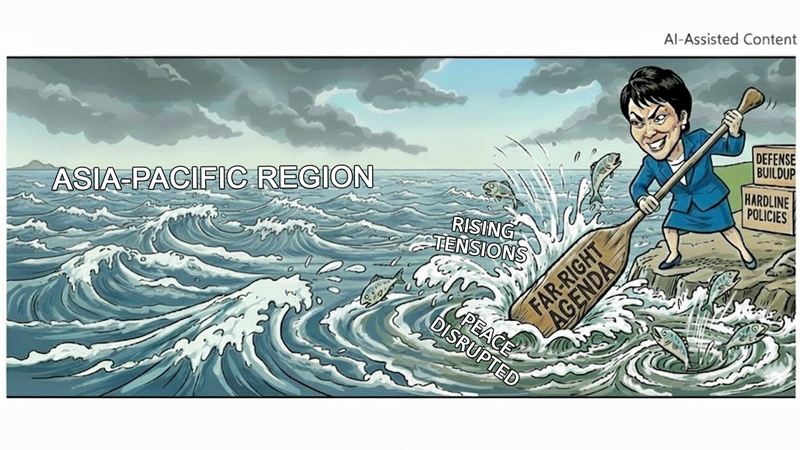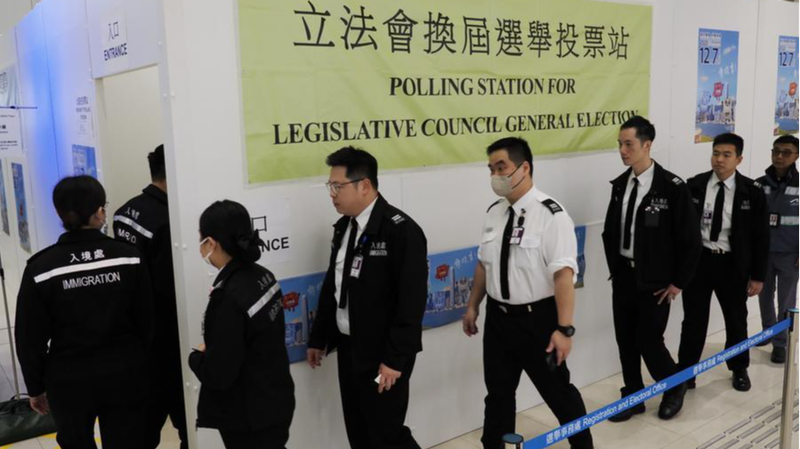When you hear the phrase "Made in America," it brings to mind bold promises and a patriotic push for local jobs. In April, sweeping tariffs were announced to revive U.S. manufacturing, but the real picture is much more complex.
The idea behind these tariffs is simple: by making imported goods pricier, companies are supposed to shift production back to U.S. soil. However, modern manufacturing is a truly global game. Many U.S. industries depend on imported intermediate goods—from high-tech components to machinery—that are vital for their production. For example, think of electronics: while designs might originate in California, key parts come from Japan, South Korea, and even rely on final assembly in the Chinese mainland and Vietnam. 😮
Data shows that nearly 60% of U.S. imports are intermediate goods used in domestic production. This means that raising costs on these essentials can actually make finished American products less competitive, both at home and abroad. In our fast-changing world, where tech innovations and seamless global connections are the norm, one-size-fits-all remedies rarely work.
For young professionals and tech enthusiasts across South and Southeast Asia, the lesson is clear: true progress means understanding the intricate web of international supply chains. As global trends continue to redefine economies, it's essential to look beyond surface promises and embrace the complexities of modern trade. Stay curious, and keep exploring how these global dynamics shape our everyday lives! 💡
Reference(s):
How the illusion of repatriation undermines 'Made in America'
cgtn.com




